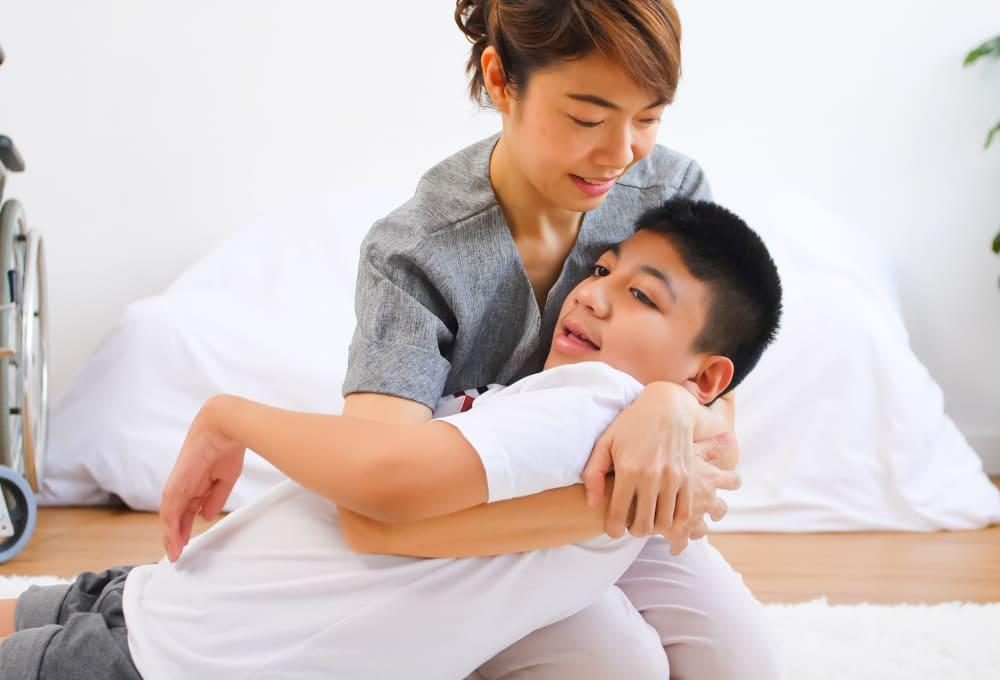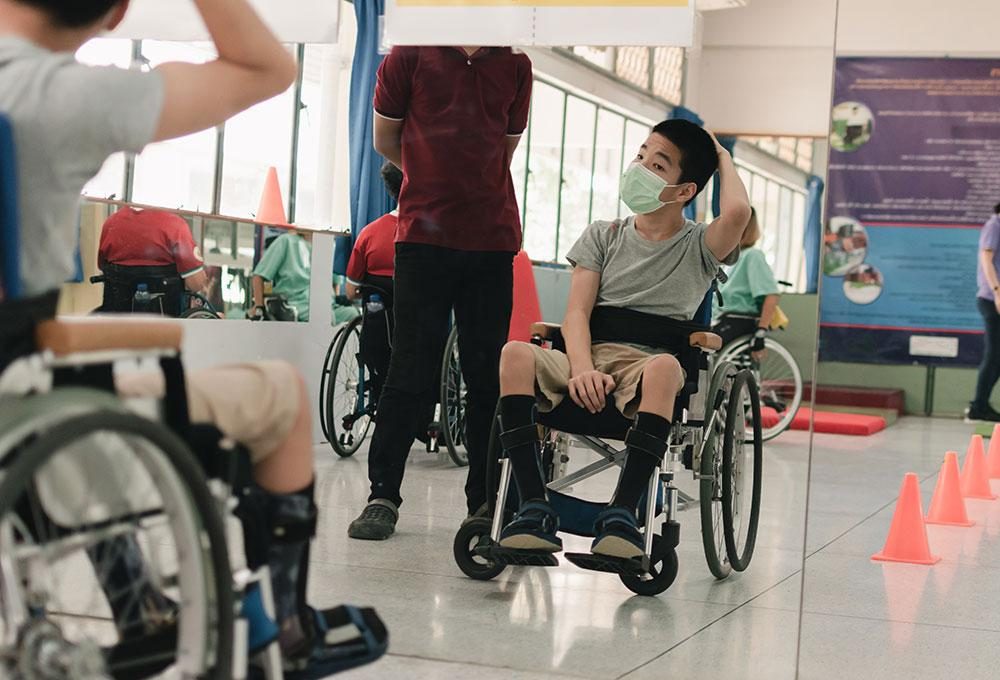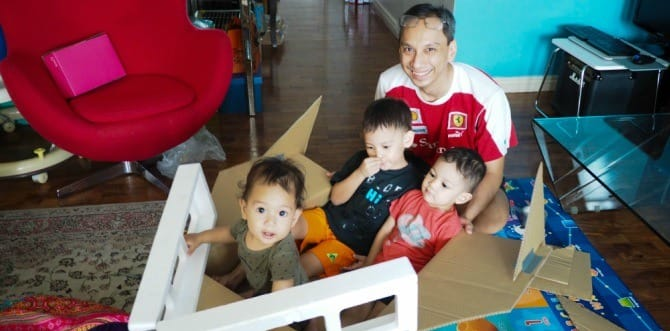Does passive stretching work for cerebral palsy?
by on 02/08/2025 ...

Passive stretching is the most common method of intervention in children with cerebral palsy. They often involve significant alteration in soft tissue structure with the muscle tendon unit secondary to lesion or anomalies of the brain at the early stage of development. As a consequence, they are always presented with muscle tightness, if left untreated, it becomes a contracture as an outcome.
Why do we do passive stretching for children with cerebral palsy?
The purpose of passive stretching is to try to maintain or improve the range of motion (ROM), thus reducing the energy consumption for compensation gait pattern improving the gait pattern. Ideally, we want a strong, flexible contractile muscle to move across the ROM. And by doing passive stretching, it will increase the muscle tendon unit (80% on muscle fascicles and 20% on tendon) and increase the ROM, however the effect is less likely to improve the function. Thesis et al. (2013) and Kalkman et al. (2018) both concluded the increased ROM could be due to greater torque applied passively by the examiner. The effect of passive stretching always associated to the ROM but shouldn’t be limited to the effect on the muscle morphology, muscle function and mobility.

What happens when we stretch the muscles of children with CP?
There is consistent evidence that children with CP have shorter medial gastrocnemius compared to the typically developing children, which brings significant functional consequences, force generating is lower. In some studies, it showed less muscle lengthening compared to the typically developing children. Whereas some studies reported there is lengthening of muscle fascicles with passive joint rotation. The inconsistent suggested the lengthening behaviour of muscle of children with CP are differences.

What current evidence supports this?
There are no strong conclusions about the effects of passive stretching, active stretching, or therapeutic positioning on joint range of motion in individuals with CP can be reached with current reviews.
Where are we heading to?
Rather than focus on maintaining ROM, we might need to look into maintaining flexibility and encouraging the exploration and maintenance of a variety of movement options. A change in encouraging movement opportunities that enable children with CP to experience a repertoire of movement and participate in enjoyable activities.
This article was written by Ms Wan Kun Wong, a certified Paediatric Physiotherapist.
































